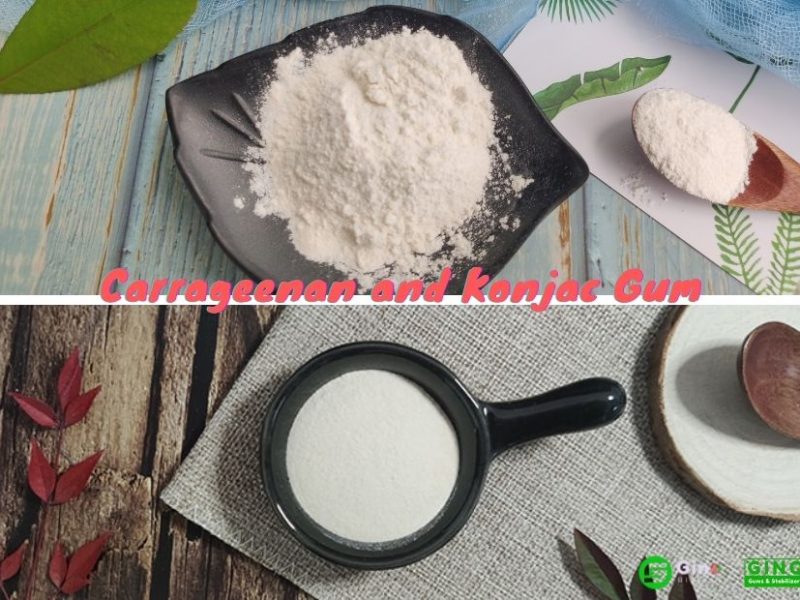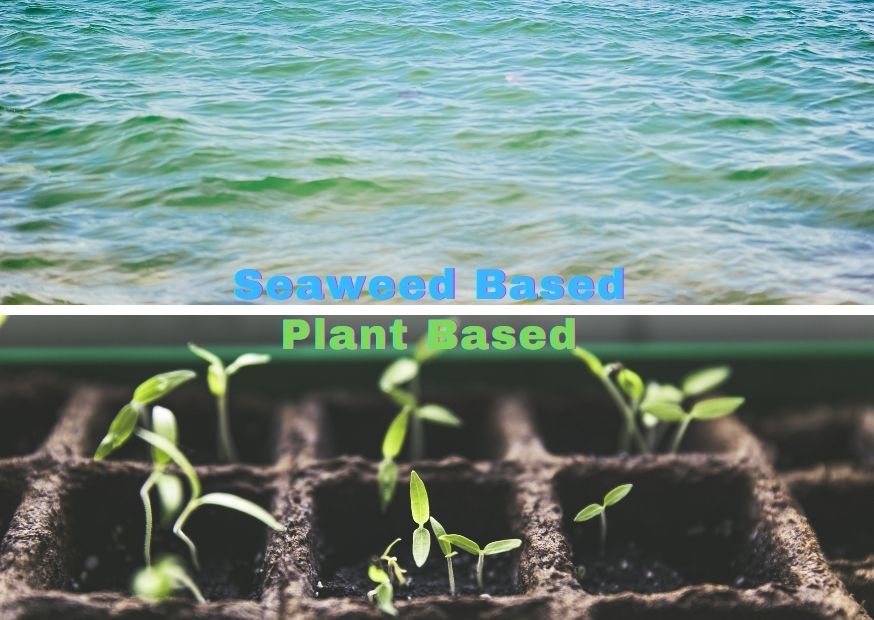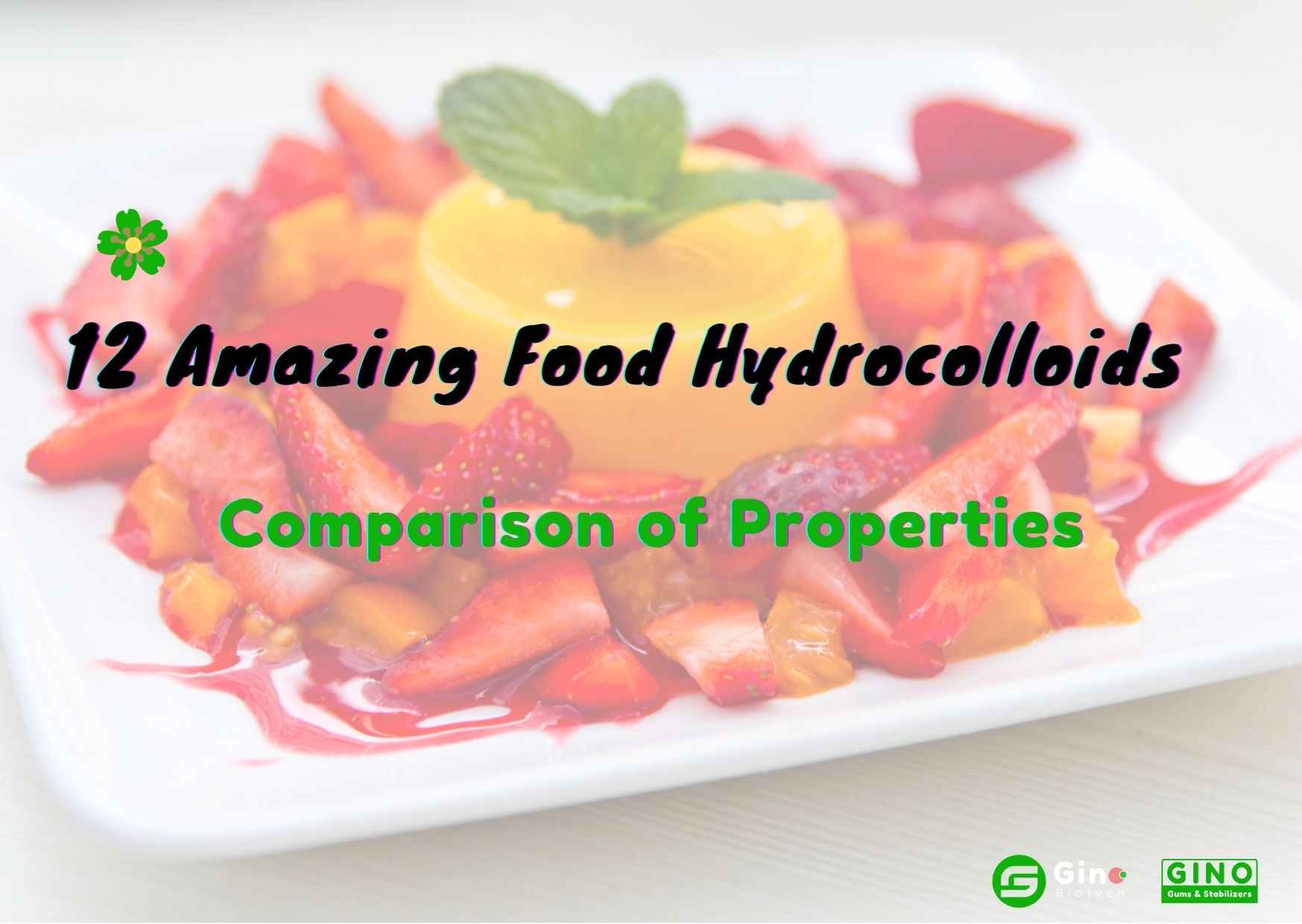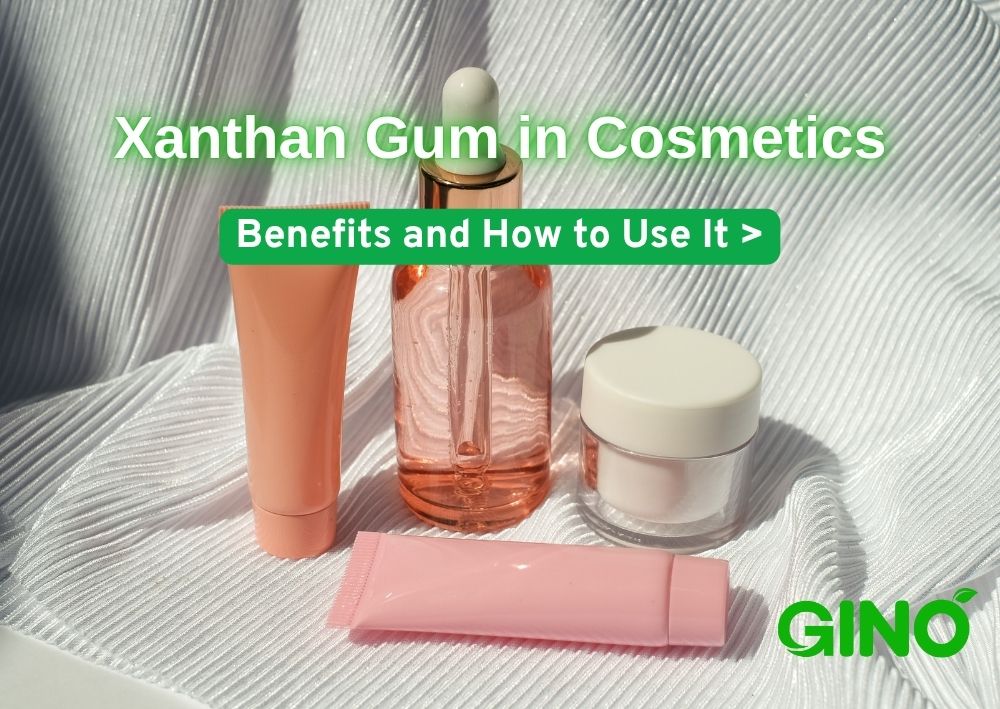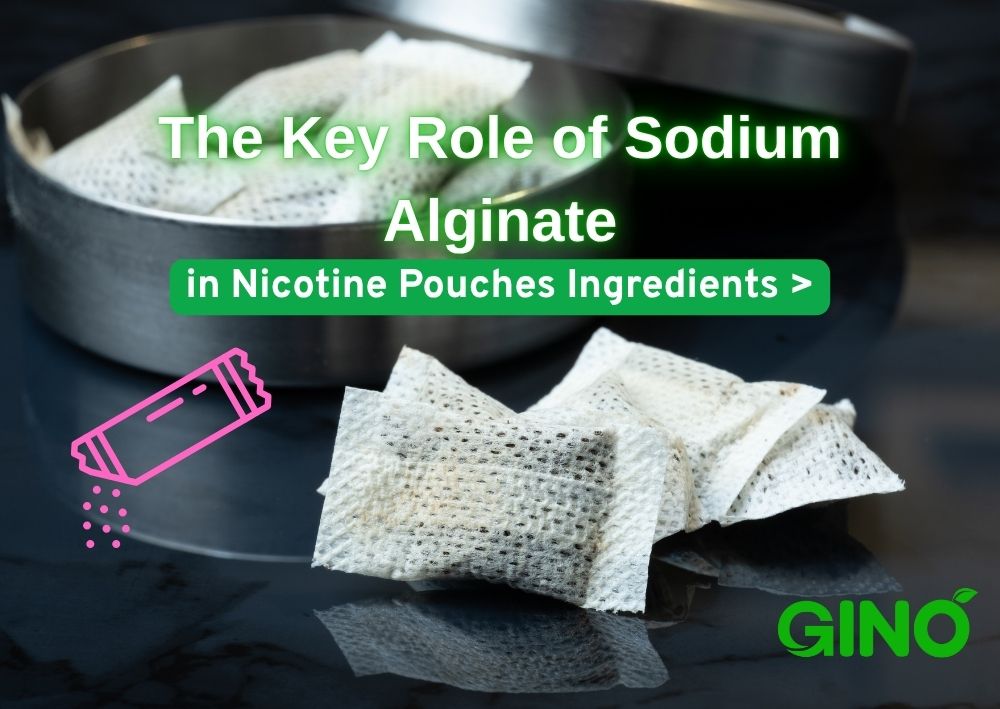
Если вы ищете надежного поставщика гидроколлоидов на растительной основе и пищевых решений в Китае, Gino может стать лучшим выбором. Мы предлагаем лучшие варианты ингредиентов и лучшие решения для развития вашего бизнеса. Читать далее
Клиентоориентированность
Разработка продуктов
Подгонянная упаковка
Техническая поддержка
Быстрое обслуживание

